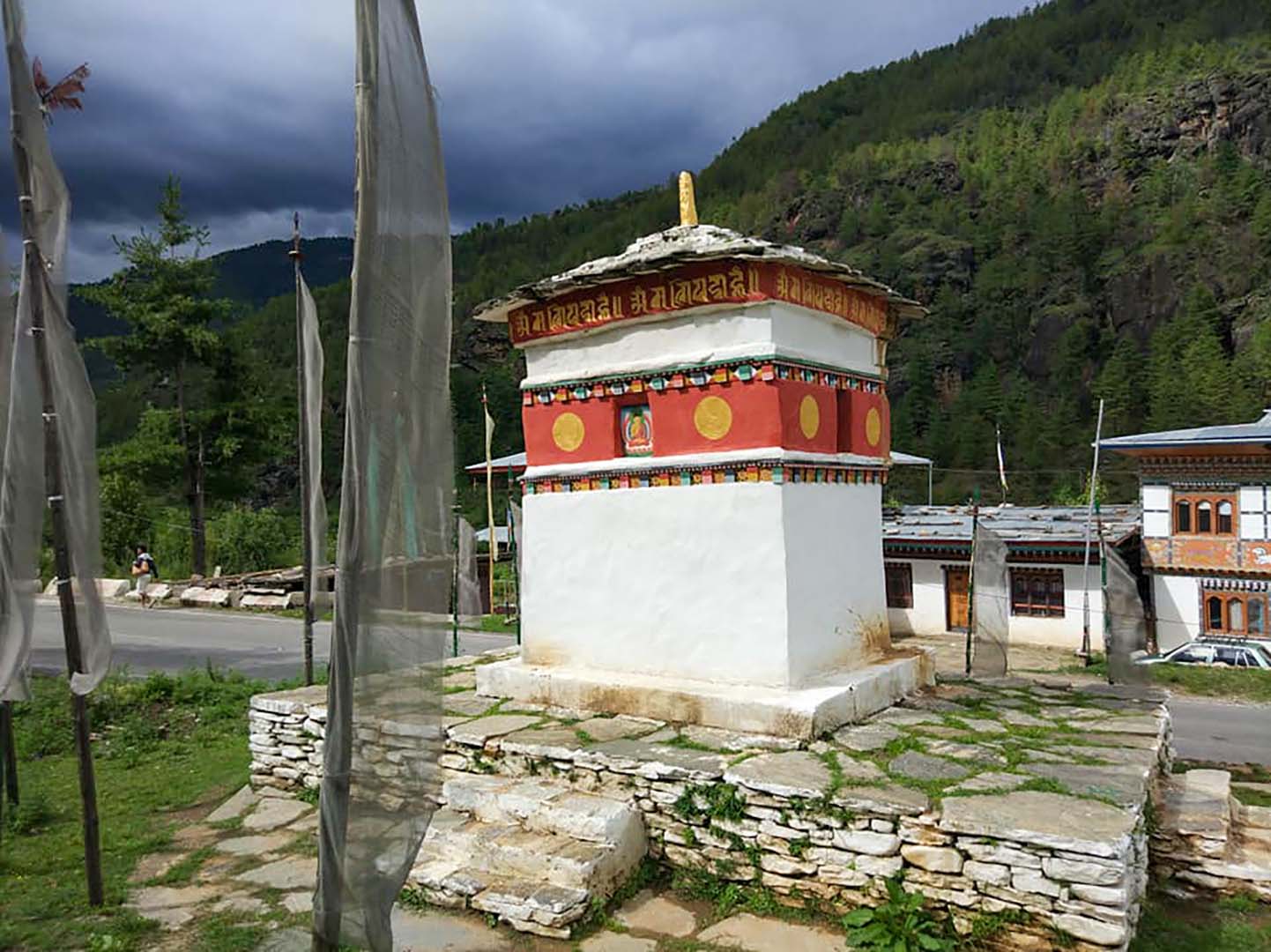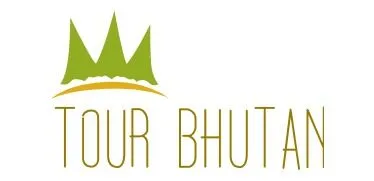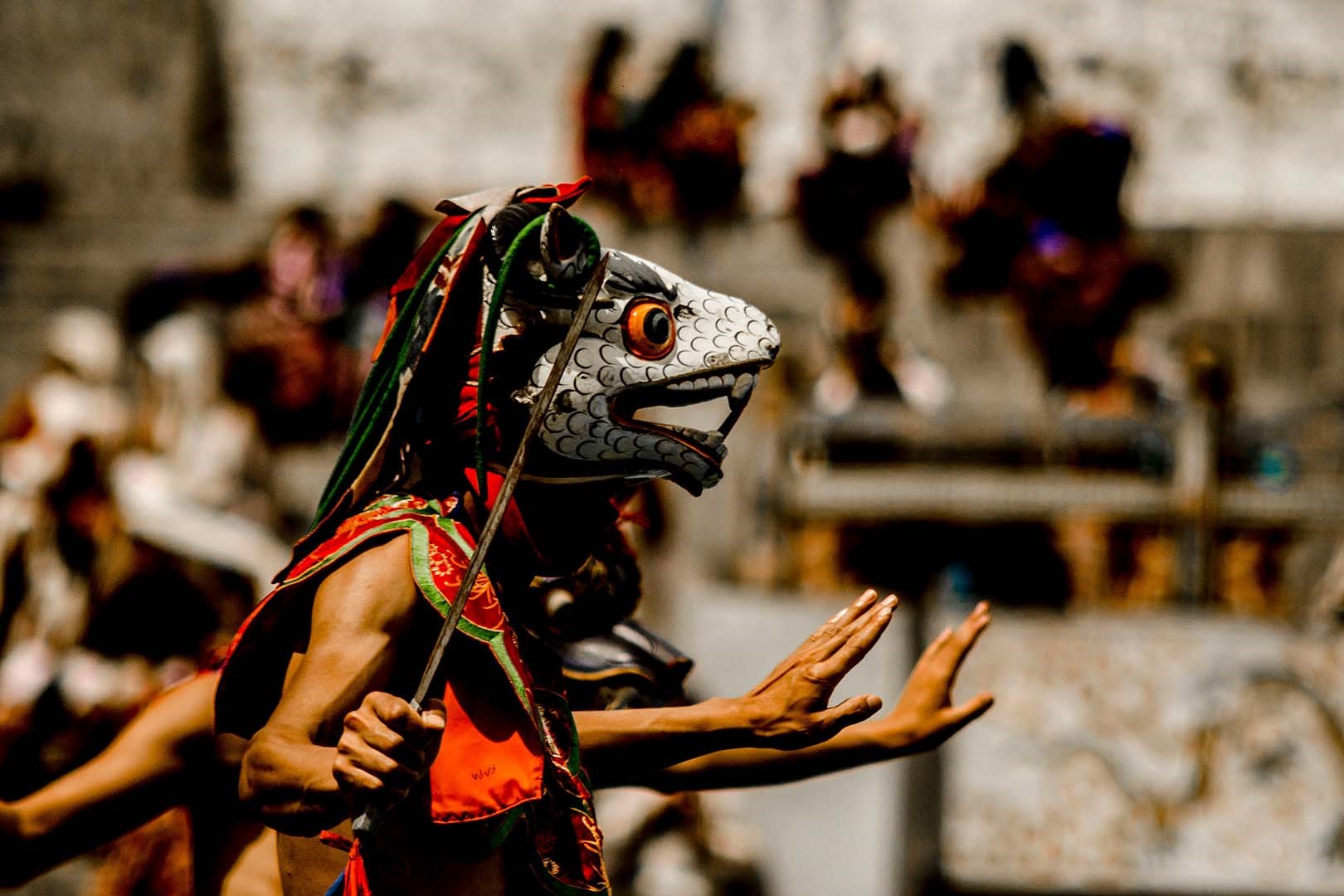Satcham Chorten

Satcham Chorten
Satcham Chorten in Paro is a small and most popular temple in the area. “Satcham” in the local language means the border between two villages of Paro. The easy way to get there is by road and easily accessible.
As documented in records from Depi Sa Bon, the Chorten known as Satsam Chorten stands as an unmistakable boundary marker. Yet, its significance lies in its historical role as a demarcation point between two governing authorities in Paro: Poenlop Agay Haap and his nephew, Takzik Drom.
Paro, divided into six sub-districts or Tshos, once believed that each Tsho was ruled by a Gup. This belief likely stemmed from the era of Dromas, where six influential leaders held sway in Paro, all serving under the authority of Paro Poenlop. However, delving into ancient documents such as Kashos and agreements between the governor of Paro, known as Dep Ringpungpa, and Druzop, it is apparent that they enjoyed equal status until the reign of Kuzho Tshering Penjor.
The six prominent Dromas were as follows:
- Shano Droma
- Lango Droma
- Tsongdue Droma
- Doteng Droma
- Woochu Droma
- Shaba Droma
In subsequent history, Paro’s six sub-districts were further categorized into ‘Bako Toed Tso Sum,’ comprising three upper sub-districts, and ‘Bako Maed Sum,’ consisting of the lower sub-districts. Notably, Lango alone encompassed five Tshos or regions, leading locals to say, ‘Bako Tso dru, and Lango Tso Nga.’
This classification had a purpose, as reflected in the Taxation policy Kasho sent from Choekor Tse in 1896. It aimed to identify the specific tax obligations of each region to the state government. For instance, the three upper regions, Shano, Lango, and Tsongdue, were tasked with paying taxes such as the Shathrel or meat tax, and they were particularly responsible for supplying salt tax as needed.
However, when Agay Haap assumed power, his appointment of his nephew, Takzik Droma, led to a power struggle and pride conflict between them. During his rule, the control over the six renowned sub-districts in Bako faced strong opposition from his nephew. Satsam Chorten became a historic boundary marker, signifying the division between them. This demarcation not only marked their territorial boundaries but also symbolized their authority over their respective domains, allowing them to exercise their power within their designated regions.




